Visit Ram Bagh In Agra To Explore India’s Oldest Mughal Garden In 2026
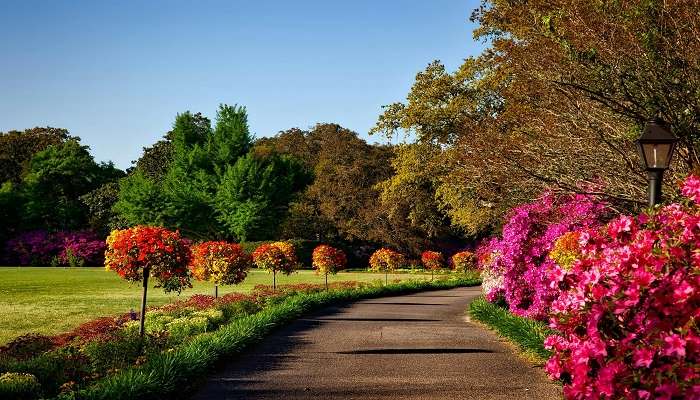
Ram Bagh stands today in the heart of Agra as a witness to Mughal architecture’s magnificence and an oasis’s kindness. As the oldest Mughal garden in India, it has immense historical and cultural value attached to it. This garden’s preplan structure, greenery, and vitality stretch conclusively to speak of the luxury of Mughal civilization to the visitors of eternal faith. In this comprehensive guide, we will look into the history of this Bagh, its location, and some visitor information crucial to making the most out of this iconic landmark visit.
Exploring Ram Bagh
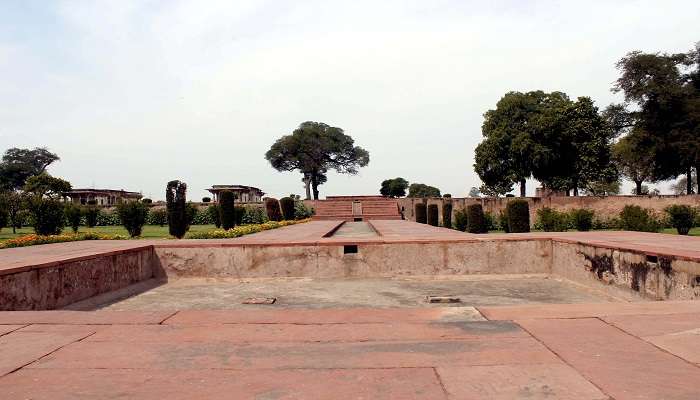
This garden, developed in 1528 by Mughal Emperor Babur, was initially known as Aram Bagh. It is typical of the Charbagh style, a design influenced by Persians; most commonly, it is divided into four parts by walkways or water flow. Ram Bagh’s design and beauty reflect the love that the Mughals had for nature, symmetry, and serenity.
It is placed appropriately by the verge of the banks of the Yamuna River, which contributed a lot to creating an atmosphere that supports the luxuriant vistas and architectural ideals of this garden. Tourists will walk down these adequately paved platforms, glimpse the attractive pavilions, and enjoy the serenity that Ram Bagh provides through its tranquil atmosphere.
Must Read: Fatehpur Sikri
Ram Bagh Location
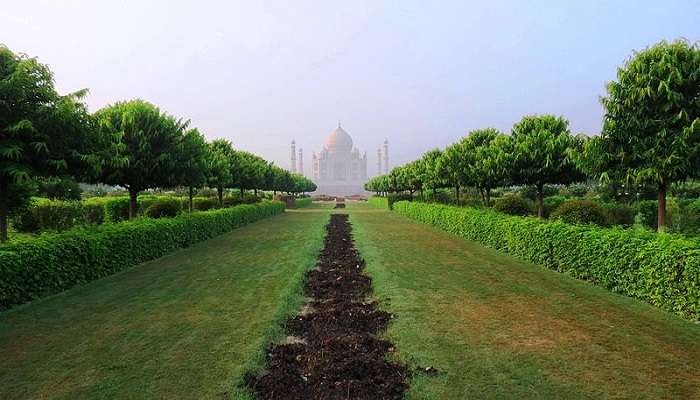
Among other factors, the major one that makes Ram Bagh interesting is its location. Being approximately 5 km from the Taj Mahal and 3 km from Agra Fort, the garden becomes approachable to every tourist. Its major location points and other major Agra attractions make it a convenient addition to a sightseeing itinerary.
Ram Bagh, situated on the eastern bank of Yamuna, has been the centre of Agra since immemorial. This location ensures that, besides contributing to the garden’s natural beauty, it becomes a tranquil retreat away from the historical and cultural miles of Agra.
Ram Bagh History
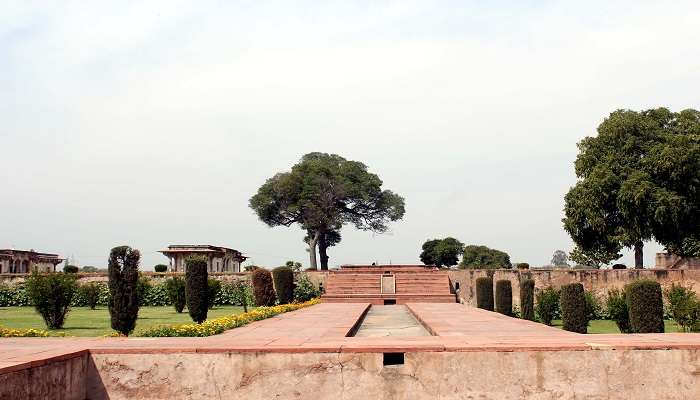
Ram Bagh is associated with the landscape that the Mughal Empire has left behind. Babur established it, and the Urdu or Hindi name for this garden was Aram Bagh, which means “Garden of Relaxation.” In Babur’s imagination, a garden was perceived to be an oasis of tranquility and the personification of paradise, as illustrated in Persian poetry.
After Babur’s death, he was swiftly buried temporarily at Ram Bagh for six years and later sent to Kabul in Afghanistan. Renovation work was started in the garden during Emperor Akbar’s time and later during Jahangir’s control. His wife, Nur Jahan, also played an essential role in the maintenance and further beautification of its present form, so the garden reminds us of the grace of Mughal elegance.
Suggested Read: Taj Mahal
Ram Bagh Timings
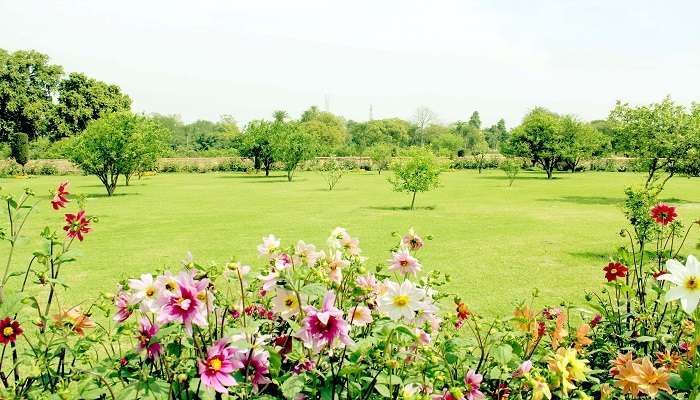
Understanding Ram Bagh’s timings is essential for planning a visit. From sunrise to sunset, you can spend ample time exploring this beauty at different times of the day.
This garden is most endearing in the early morning when soft sunbeams cast that extra golden hue over Ram Bagh Garden, and the air is fresh. The late afternoons may also be quite good for a visit, with more pleasant temperature conditions and the garden illuminated with sunlight leaving the sky.
The Architectural Marvels
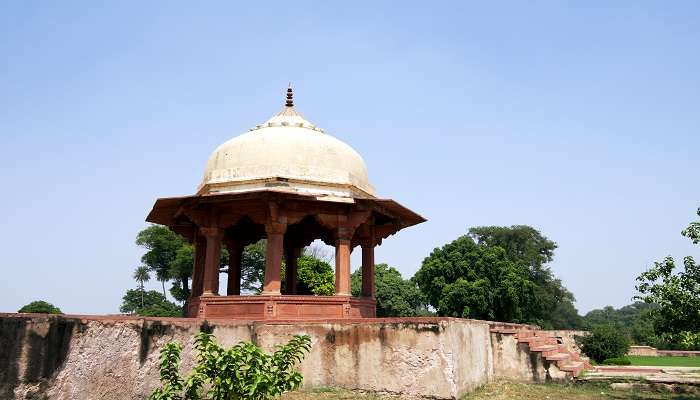
Ram Bagh is more than a garden; instead, it is an emblem of the craftsmanship of Mughal architecture. The garden is inlaid with a few pavilions, water fountains, and water channels, which define the Charbagh architecture. The central pavilion, named the Baradari, comprises twelve pillars and offers a panoramic view of the garden from all directions.
The architectural style of the Mughal period is combined with red sandstone and marble, along with highly complex carvings and latticework. The symmetrical concept of the garden and its water features symbolizes the Mughal vision of representing paradise on earth.
Suggested Read: Jaipuria Agra
Flora and Fauna
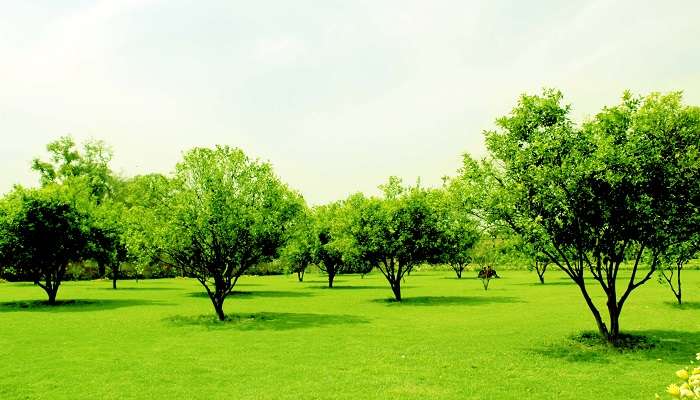
Ram Bagh is replete with nearly every form of flora, essentially making it a botanical paradise. Many flowering plants, fruit trees, and ornamental shrubs fill the garden. Seasonal flowers like roses, marigolds, and jasmine bloom and fill the atmosphere with fragrance that delights the senses.
The garden’s design incorporates many water channels that supply water to the plants, and it remains green throughout the year. Again, these water features attract various bird species, making the place a haven for bird watchers and nature freaks.
Ram Bagh: A Photographer’s Delight
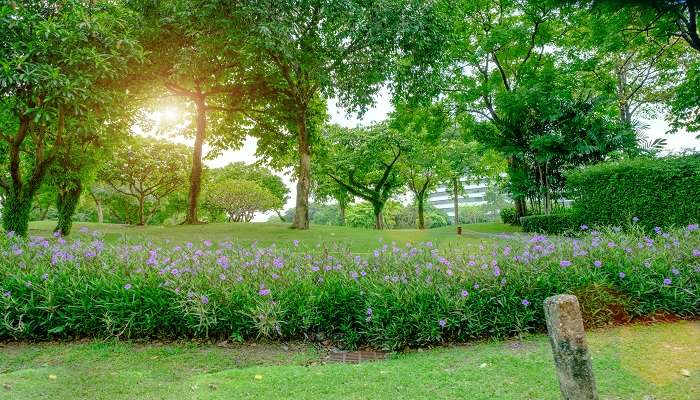
Ram Bagh is a potential place offering limitless opportunities to capture some of its beauty from the camera. It is full of picturesque landscapes, historical buildings, and flora. It will equally be a nice shot in the garden for any professional or casual dudes to capture the memorable moment.
The garden’s visual beauty is enhanced by the interplay of light and shade, which is even more striking during golden hour, just after sunrise and before sunset. Ram Bagh is a photographer’s fantasy, with sweeping wide angles of the sprawling garden and intricate architectural details of flowers in bloom.
Suggested Read: Diwan E Khas
Cultural Significance
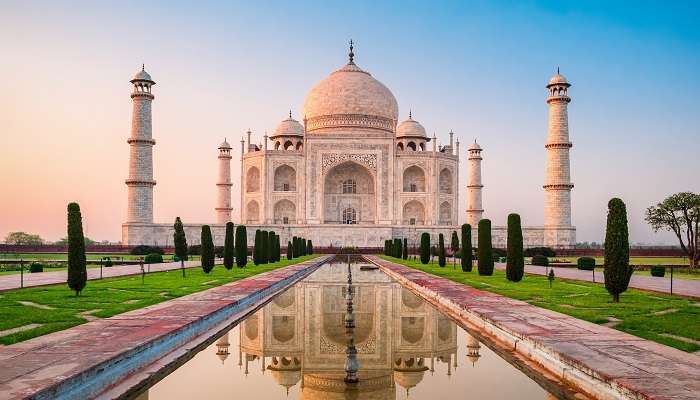
Over the years, the place has been used to hold many cultural events and festivals. Its calming atmosphere, blended with its historical value, makes it ideal for traditional music and dance forms, literary festivals, or any other form of cultural function.
These events do not make the garden culturally vibrant; more importantly, they enable visitors to fully experience the innate heritage of Agra and the Mughal era. Anyone who engages in any of the ongoing cultural activities at Ram Bagh feels attached much closer to the historical and cultural values these monuments portray.
Preservation Efforts at Ram Bagh
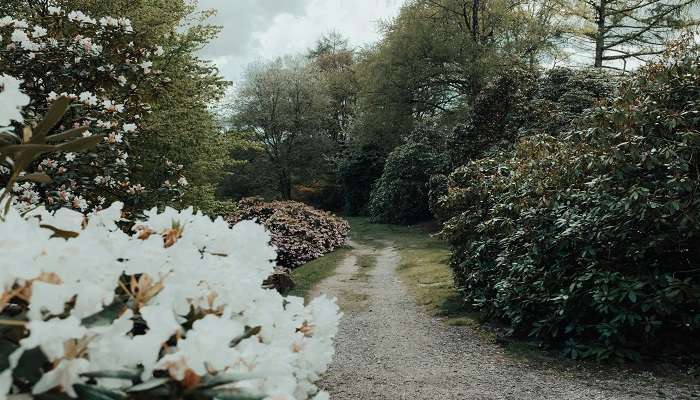
All efforts are made to conserve Ram Bagh’s historical and cultural heritage. Various conservation projects have been initiated to bring this garden back to its lost glory. These projects involve re-creating architectural components, replanting flora and fauna endemic to the area, and maintaining water channels.
Organizations and the local authority leave no stone unturned to keep Ram Bagh intact for generations. Visitors can further contribute to such efforts by respecting the garden’s detention rules and in other ways, thereby patronizing their conservation initiatives.
Further Read: Kaulakha Village
Described as more than just a ‘Garden,’ this Begum Bagh of Agra is the abiding testament to the magnificent aesthetics and beauty of the highly cultured Mughal way of life. Begum Bagh furnishes its visitors with a historical, architectural, and sightseeing experience in surfeit, making it doubtlessly the best place to see in Agra. Be it a history buff, nature enthusiast, or photographer, Ram Bagh offers a unique and enriching experience. Plan a trip to Agra to visit nearby Agra’s Ram Bagh. And let yourself be bewitched by the ever-alluring, ancient beauty of India’s oldest Mughal garden.
For our editorial codes of conduct and copyright disclaimer, please click here.
Cover Image Source: Pexels
Frequently Asked Questions About Ram Bagh
Where is Ram Bagh located?
Ram Bagh is one of the Mughal gardens in Agra, Uttar Pradesh, India. It is located 5 kilometres away from the Taj Mahal and 3 kilometres away from Agra Fort, on the Yamuna River's eastern bank.
What are Ram Bagh's visiting times?
Ram Bagh opens during the daylight hours, meaning early mornings and late afternoons are appropriate for visiting because the place is calm and quiet in the afternoons.
What is the history behind Ram Bagh?
Ram Bagh, earlier Aram Bagh, was laid upon by the Mughal Emperor Babur in 1528. That makes it the oldest Mughal garden in India. The idea of paradise described in Persian poetry must have affected the design. The place has undergone renovation umpteen times in these centuries and yet retains its historical and cultural value.
What are the main attractions that can be viewed in Ram Bagh?
A garden is shown with lush landscapes, architectural beauties such as the Baradari pavilion, and the presence of finely laid water channels. Then, there are a variety of flowering plants and bird species visiting it, a treat indeed for those interested in nature and photography.
Are there any cultural activities held within the precincts of Ram Bagh?
Yes, Ram Bagh does host cultural events such as folk music and dance performances, literary festivals, and other artistic programs of the sort that portray a view of the rich heritage of Agra and the Mughal era to participants from across the globe.
People Also Read:
Jallianwala Bagh Mehtab Bagh Hanuman Bagh

With a passion for travelling, and carving beautiful stories of stunning locations I chose my profession as a content writer. The unique blend of creativity and strategy ensures that each narrative takes readers on a journey to their desired destination. With distinct locations and unique vibes, I strive to deliver captivating content that speaks to the hearts of readers.











